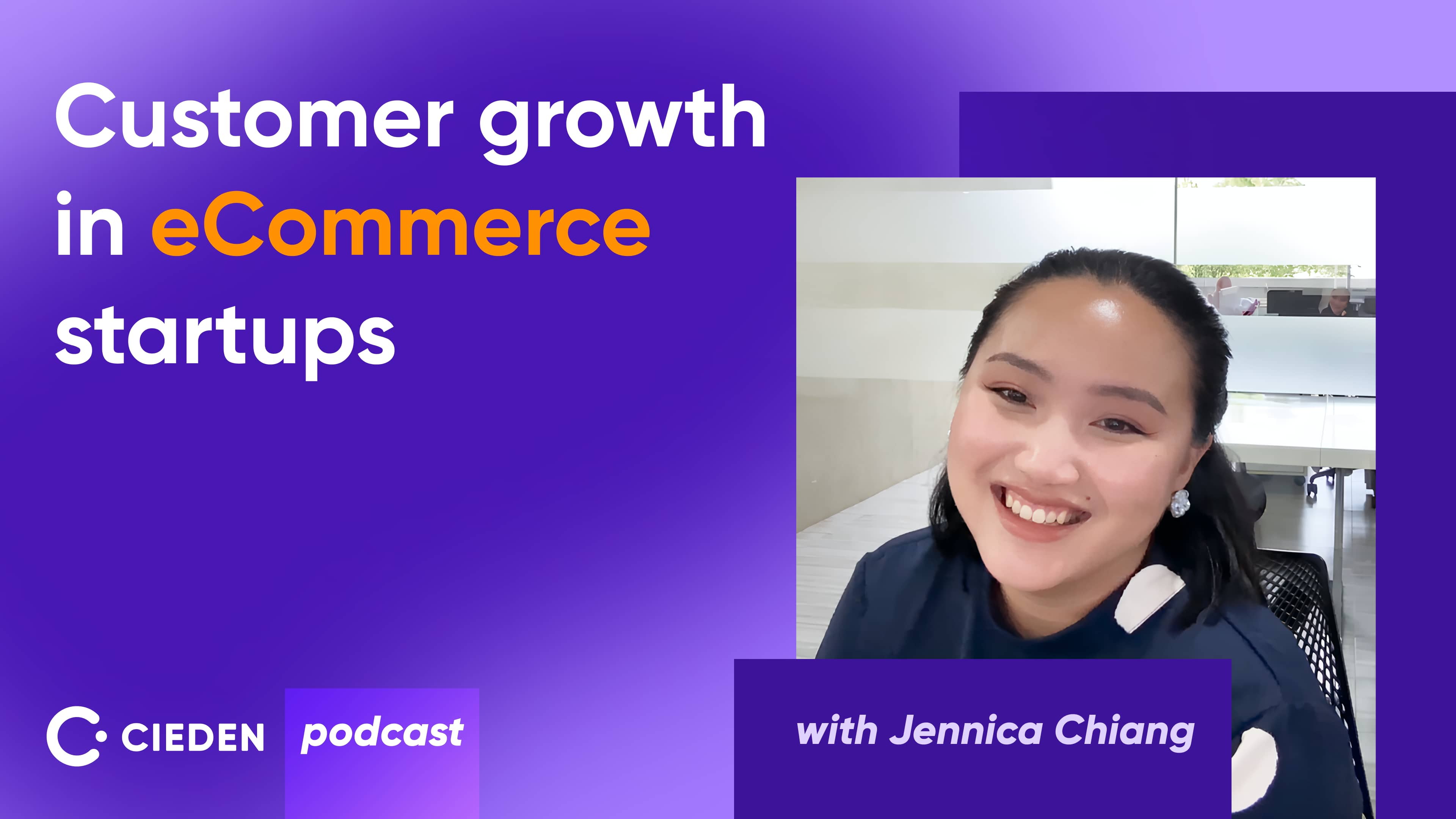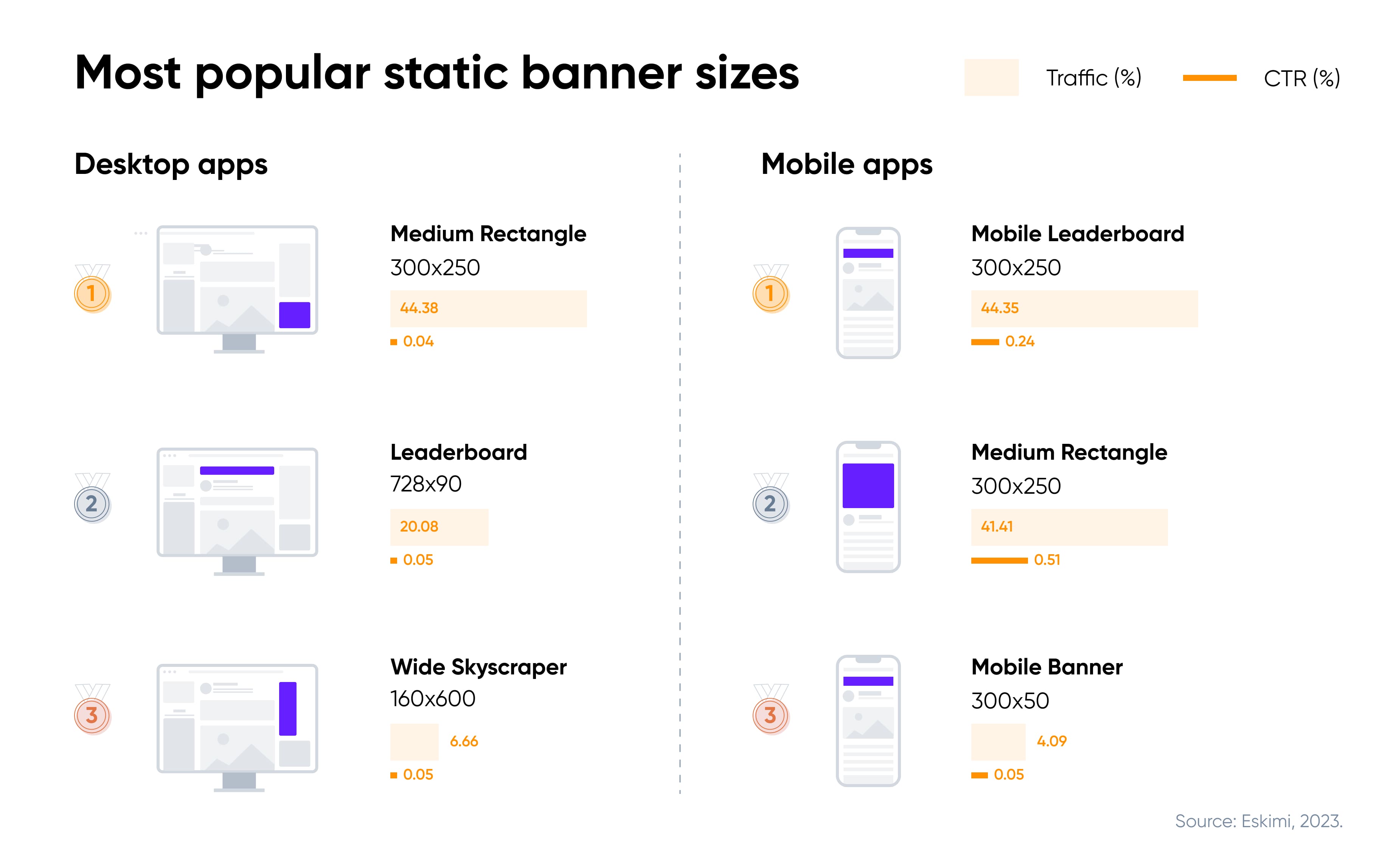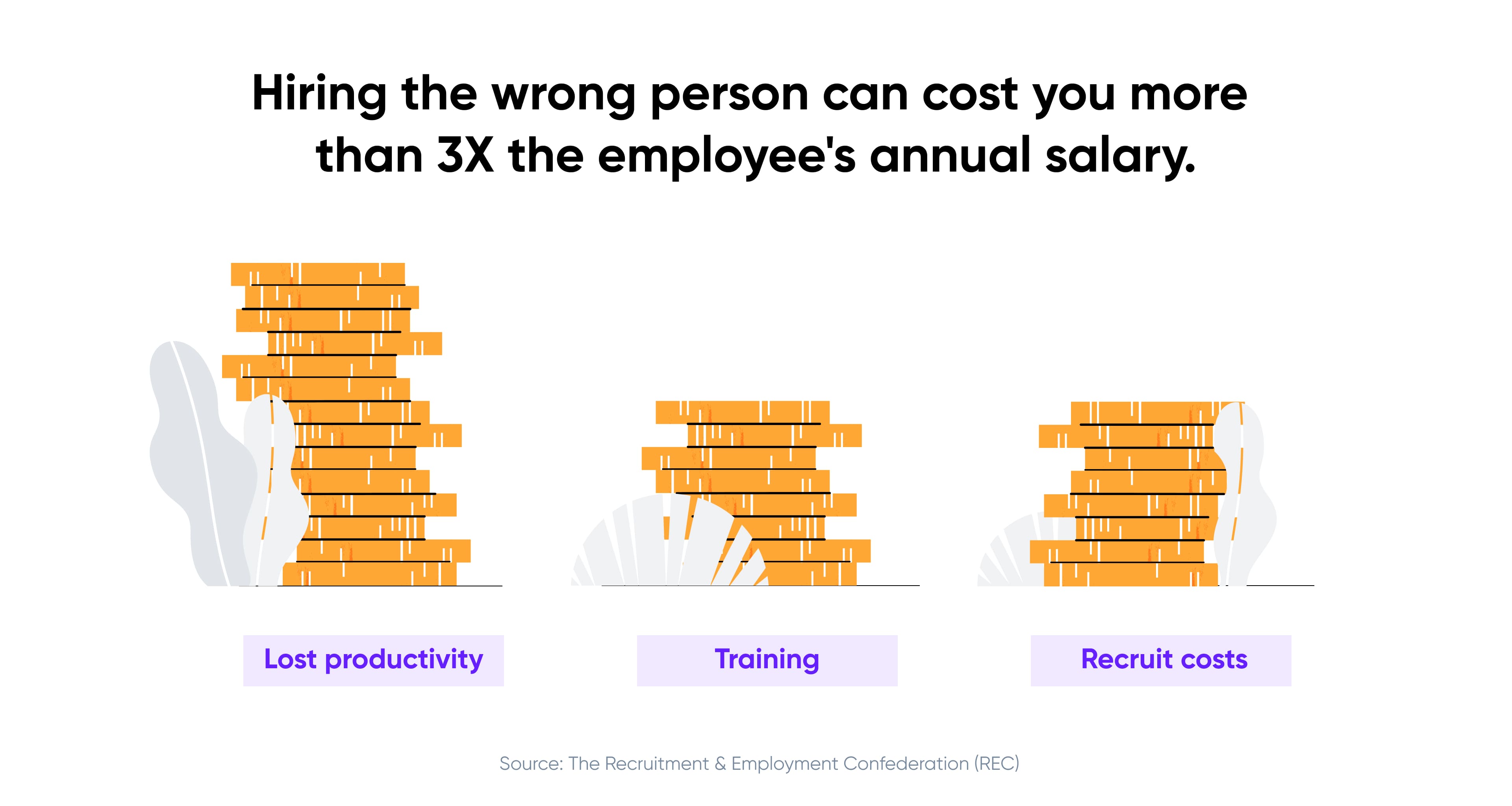Hi everyone! Recently I got to chat with Jennica Chiang, Founder of the eCommerce startup ShopSuki. They've done amazing things in online grocery shopping in the Philippines, growing massively in just three years.
ShopSuki is no small feat: 25,000 SKUs, over 200,000 customers, and an impressive NPS score of 78, showcasing their excellence in customer experience! Jennica's journey is a real masterclass in how to grow your eCommerce business.
In this post, we're sharing all the cool insights and tips from Jennica. These lessons are excerpts from our podcast episode, giving you a taste of the valuable discussions we had. Perfect for anyone dreaming of eCommerce success or looking to level up their business. Let's dive in!







